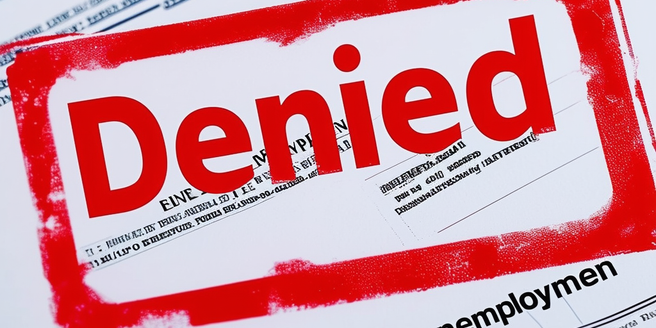Understanding the Basics of Unemployment Benefits
Unemployment benefits are temporary income for eligible workers who lose their jobs through no fault of their own. To get benefits, workers must meet certain conditions set by state law. They must be unemployed, able to work, available for work and actively seeking work. Notably, these benefits also apply to workers who are temporarily furloughed due to downturns in business activities. During this period, they may also be required to regularly report their job search progress to the relevant state department. The purpose of unemployment benefits is to provide temporary financial assistance until the person finds new employment.
Who Qualifies for Unemployment Benefits?
You may be eligible for unemployment benefits if you meet the eligibility requirements of your state’s unemployment insurance program, typically related to your recent job loss, salary, and the circumstances around it. These requirements are put in place to ensure the system is used correctly and benefits those who truly need it. To verify this, most states will require you to provide certain documents. This includes proving that you were not at fault for the termination and that you are actively searching for employment. It’s important to note that each state’s guidelines may be different.
How to Apply for Unemployment Benefits
Applying for unemployment benefits requires prompt contact with your state’s unemployment insurance program to maximize potential benefits. Applying online is possible in most states for convenience, and in-person options are available for those needing personalized help. The application requires various official documents such as Social Security number and driver’s license; you also need to supply information about your past employment to determine potential benefits. It’s essential to explain the reason for your unemployment, as benefits are commonly available for those unemployed through no fault of their own. Preparation and knowledge of the necessary steps can enable efficient navigation, and bear in mind that procedures may vary by state.
Commonly Asked Questions About Unemployment Benefits
A common question about unemployment benefits is how much money recipients will receive. The amount is typically calculated as a specific percentage of an individual’s earnings over the past 52 weeks, allowing authorities to consider variations in income across different seasons and adjust the benefit accordingly. However, there is a maximum limit set by individual states to ensure fairness and prevent misuse of the system.
Eligible recipients are usually allowed to claim these benefits for up to 26 weeks, with the expectation that they will actively seek employment during this time. Nonetheless, due to exceptional circumstances caused by the COVID-19 pandemic, extensions have been allowed through the Coronavirus Aid, Relief, and Economic Security (CARES) Act, highlighting the system’s adaptability during difficult economic periods and recognizing the need for extended financial support for workers unemployed through no fault of their own.
Tips for Maximizing Your Unemployment Benefits
Being well-informed about your entitlements and understanding your eligibility requirements is the first step to maximize your benefits. Proactivity, equipping yourself with knowledge, understanding your rights, and what is legally acceptable, are key. Additionally, stay updated with your state’s unemployment policies changes that may impact your benefits. Be sure to exploit free resources for job hunters such as job boards, online training, and career advice lines, that can help position you better in the job market. Exploring part-time or freelance work can also supplement your benefits whilst maintaining and expanding your skill set. Finally, tapping into the power of professional networks, attending industry events, and constantly applying for jobs boosts your chances of landing a job that matches your skills and needs.
What To Do If Your Unemployment Benefits Claim Is Denied
If your claim has been denied, don’t panic. Most states offer an appeal opportunity within a designated period, providing a second chance to reverse the decision. Initiating this entails understanding the reasons for the initial denial and addressing these specific issues in your appeal for a better outcome. Preparing for the appeal, diligently compile your evidence and all necessary documentation related to your case. This strengthens your appeal and demonstrates your seriousness about the matter. After gathering all your documentation, you can confidently submit the appeal, showing you’re ready to fight for your benefits and not resigned to the initial decision. Lastly, don’t underestimate the importance of professional legal assistance in the appeals process; an experienced advocate can greatly increase your chances of success.



